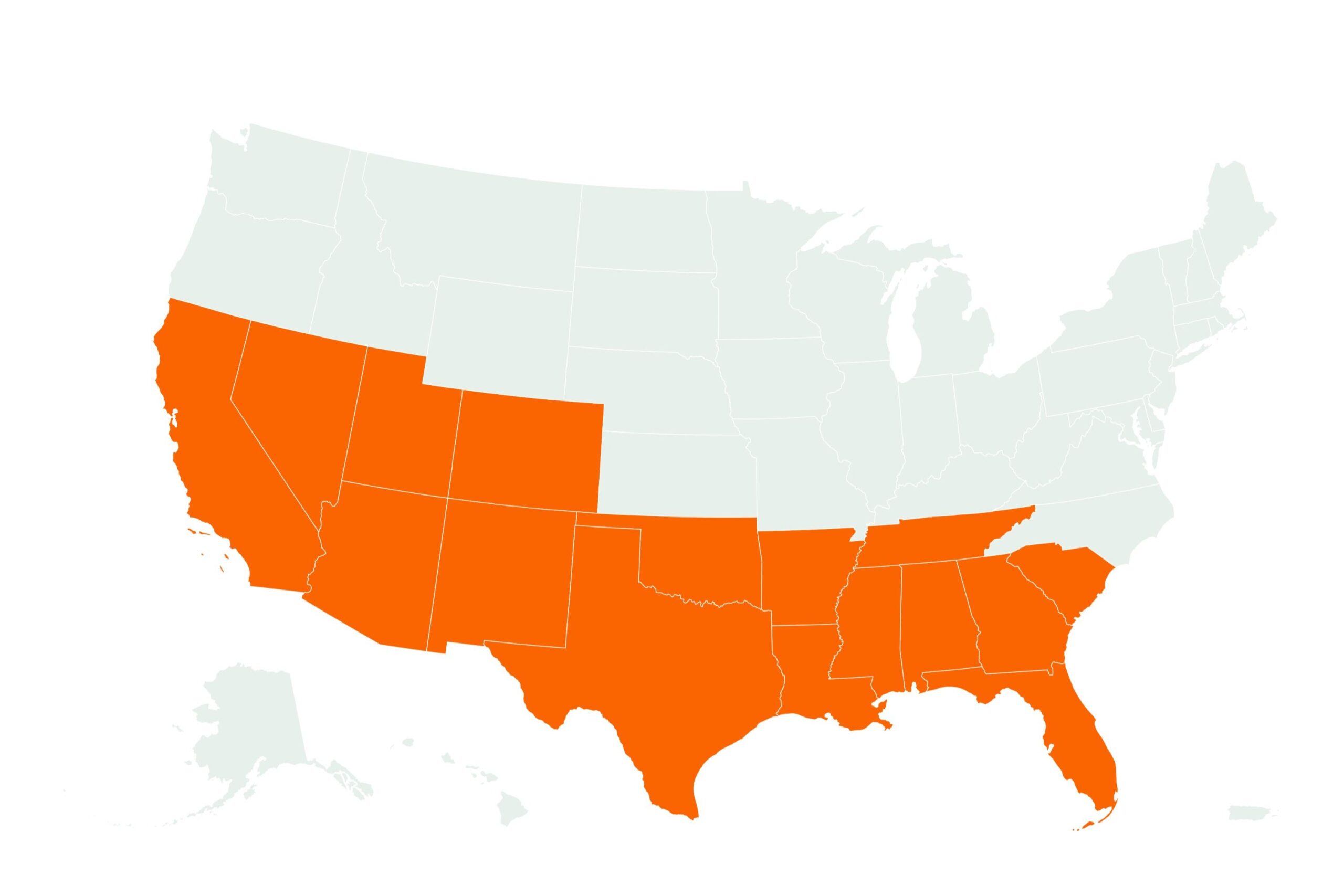
Residents across some 16 states are facing high levels of ultraviolet (UV) radiation levels from the sun on Saturday, a forecast map from the Environmental Protection Agency (EPA) showed.
Why It Matters
An extreme UV index indicates that unprotected skin may burn in just minutes, raising the chances of skin damage and cancer. Health officials advise reducing sun exposure during the day and applying strong sun protection.
What To Know
EPA
According to the EPA’s UV index forecast for June 7, solar noon, parts of California, Nevada, Utah, Colorado, Arizona, New Mexico, Texas, Oklahoma, Arkansas, Mississippi, Louisiana, Alabama, Tennessee, Florida, Georgia and South Carolina could see levels of at least 11 on this day.
Solar noon marks the moment when the sun reaches its peak position in the sky at a given location.
At this intensity, officials caution that skin can burn within minutes and advise minimizing sun exposure, particularly between 10 a.m. and 4 p.m.
The UV index runs on a scale of one to 11+. The levels, and their corresponding advice are as follows:
1—2: Low—Minimal risk from UV rays for the average person.
- Wear sunglasses on bright days.
- In winter, snow can reflect UV and nearly double exposure.
- Use SPF 30+ sunscreen if you burn easily.
3—5: Moderate—Moderate risk of harm from unprotected sun exposure.
- Cover up, wear a hat and sunglasses.
- Use SPF 30+ sunscreen.
- Stay in the shade near midday when the sun is strongest.
6—7: High—High risk of harm from unprotected sun exposure.
- Limit sun time between 10 a.m. and 4 p.m.
- Wear protective clothing, sunglasses, and SPF 30+ sunscreen.
8—10: Very High—Very high risk of harm; sun protection is essential.
- Take extra precautions including wide-brimmed hats and long sleeves.
- Minimize exposure between 10 a.m. and 4 p.m.
- Be aware: white sand and similar surfaces reflect UV and increase exposure.
11+: Extreme—Extreme risk of harm; unprotected skin can burn in minutes.
- Avoid sun exposure from 10 a.m. to 4 p.m.
- Reapply SPF 30+ sunscreen every 2 hours.
- Seek shade, wear full coverage, and use sun protection.
What People Are Saying
AccuWeather meteorologist Alex DaSilva told Newsweek: “As we approach summer, it is expected that the UV levels will continue to increase.”
“The best advice for people is to limit time outside in the sun during peak heating hours if possible and to use sunscreen. It is also recommended to wear a hat if spending a lot of time outside. People are also urged to stay hydrated in the heat.”
Anthony Young, emeritus professor of experimental photobiology, dermatology, at King’s College London, previously told Newsweek: “The UV index (UVI) is a measure of the sunburning power of sunlight … The higher the UVI the shorter the time you need in the sun to burn.”
Richard Weller, professor of medical dermatology, at the U.K.’s University of Edinburgh previously told Newsweek that sunlight can cause photoaging—premature aging of the skin as a result of prolonged and repeated exposure to UV radiation.
“Sunburn is a risk factor for melanoma skin cancer, which is the most serious of the skin cancers,” he added.
What Happens Next
The UV index forecast map is updated regularly using National Weather Service (NWS) forecast data.
